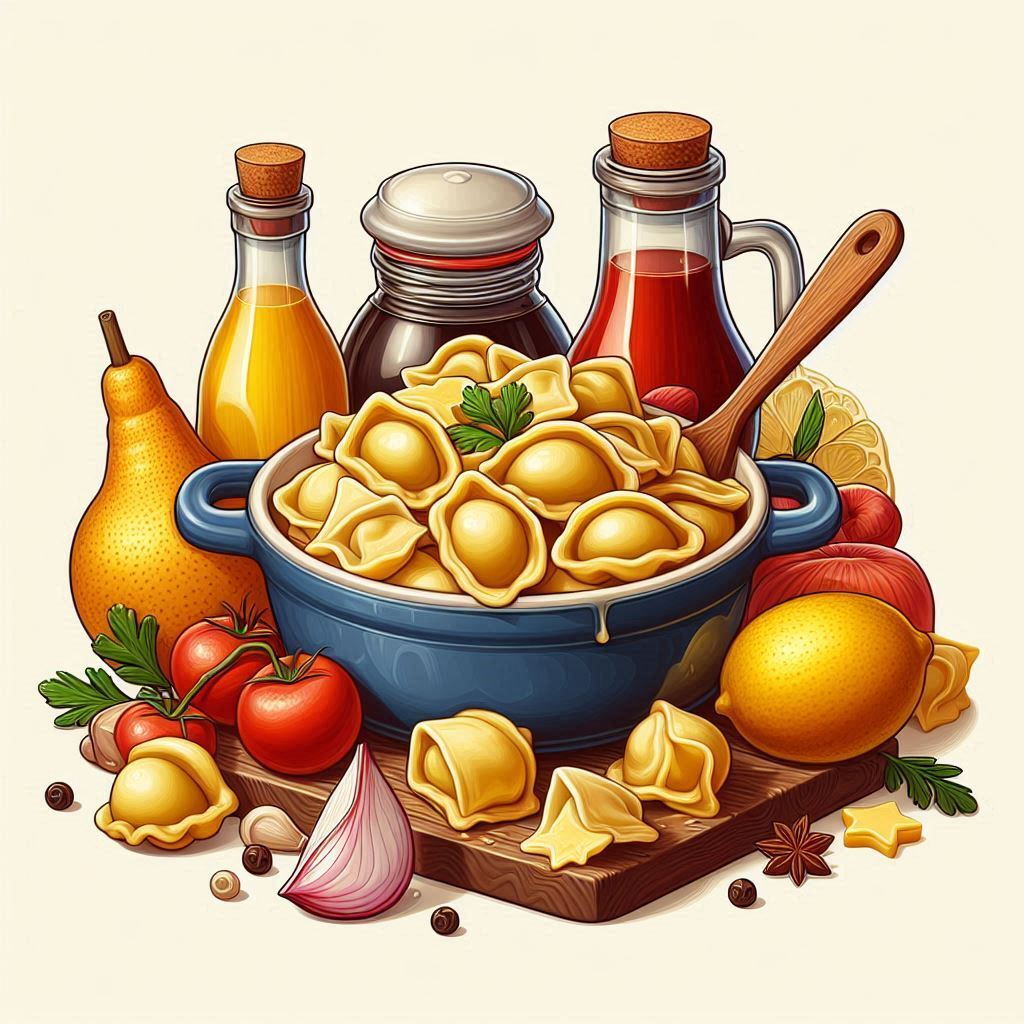
Maultaschen: A Culinary Journey Through History and Preparation
Introduction
Maultaschen, a beloved culinary delicacy from the Swabian region of Germany, holds a rich history and a unique preparation process. These delectable pockets of dough, filled with a savory mixture of meats, vegetables, and herbs, have captivated taste buds for centuries.
Historical Origins
The origins of Maultaschen can be traced back to the Middle Ages, specifically to the 14th century. During Lent, when the consumption of meat was prohibited by religious fasting, resourceful Swabian housewives sought a way to use up their leftover meat. They ingeniously concealed the meat within a layer of dough, creating a dish that resembled the shape of a bishop’s hat. This clever deception gave rise to the name “Maultaschen,” which literally translates to “mouth pockets.”
Traditional Preparation
The preparation of Maultaschen is a labor of love, requiring patience and meticulous attention to detail. The dough, made from a mixture of flour, eggs, and water, is rolled out into thin sheets. The filling, a harmonious blend of ground beef, pork, spinach, onions, and a variety of aromatic herbs, is then carefully spread over the dough.
The dough is then folded and sealed into rectangular pockets, resembling miniature pillows. These pockets are traditionally boiled in a flavorful broth until they float to the surface, indicating that they are perfectly cooked.
Variations and Accompaniments
Over the centuries, Maultaschen have evolved into a versatile dish, with regional variations and personal preferences shaping their preparation. Some variations include:
- Filling: While the traditional filling includes beef and pork, variations may incorporate other meats such as veal, lamb, or poultry.
- Vegetables: Spinach is the most common vegetable used in Maultaschen, but other options like carrots, celery, or mushrooms can be added for extra flavor and texture.
- Herbs: A symphony of herbs, including parsley, thyme, marjoram, and nutmeg, infuses Maultaschen with a fragrant aroma and earthy taste.
Maultaschen are typically served as a main course, accompanied by a variety of sides. Traditional accompaniments include:
- Broth: The flavorful broth in which the Maultaschen are boiled is often served alongside, providing a comforting and savory complement.
- Potato salad: A classic German potato salad, made with diced potatoes, vinegar, and bacon, pairs perfectly with the richness of Maultaschen.
- Sauerkraut: The tangy acidity of sauerkraut provides a refreshing contrast to the hearty Maultaschen.
Conclusion
Maultaschen, with their intriguing history and delectable preparation, have earned their place as a cherished culinary treasure. From their humble origins as a clever way to circumvent fasting restrictions to their evolution into a beloved regional specialty, these mouthwatering pockets of dough continue to delight food enthusiasts around the world.



